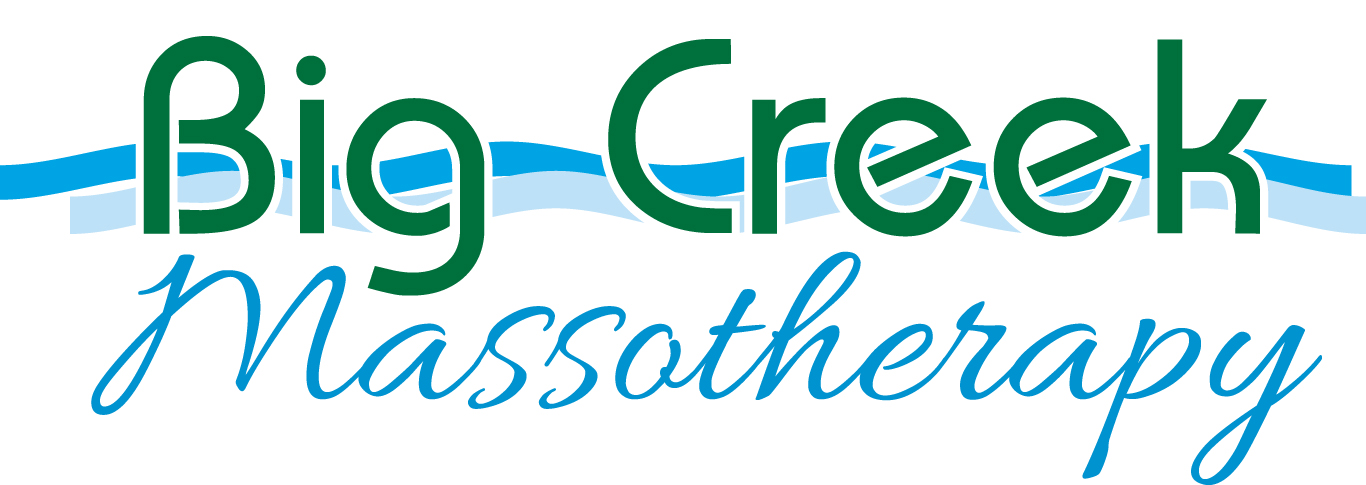Myofascial Release Therapy

What is Myofascial Release Therapy
Myofascial release is a therapeutic technique that focuses on releasing tension and restrictions in the fascia, a connective tissue that surrounds and supports our muscles, bones, and organs. Originating from ancient practices, myofascial release has gained recognition in modern healthcare for its numerous benefits. Understanding the role of fascia and the various techniques involved in myofascial release can help individuals improve their overall well-being and address specific conditions.
Who should get Myofascial Release Therapy
Myofascial release therapy benefits a diverse range of individuals, but those who often benefit the most are athletes and fitness enthusiasts, individuals with chronic pain conditions, and people recovering from injuries or surgeries. Athletes can enhance performance, prevent injuries, and expedite recovery through myofascial release. Those with chronic pain conditions find relief as it reduces pain and releases tension. Additionally, it aids in healing and rehabilitation for individuals recovering from injuries or surgeries.
Understanding Fascia
Fascia is a three-dimensional web-like structure that permeates our entire body. It surrounds muscles, organs, and other structures, providing support, protection, and maintaining structural integrity. Composed of collagen and elastin fibers embedded in a gel-like matrix, fascia is essential for proper biomechanical functioning and efficient movement.
Myofascial Release Techniques
There are two primary types of myofascial release techniques: direct and indirect. Direct myofascial release involves applying sustained pressure to the restricted areas, while indirect myofascial release uses gentle stretches and movements to engage the fascial system. Both techniques aim to release tension, improve circulation, and restore tissue mobility.
Benefits of Myofascial Release
Myofascial release offers a wide range of benefits for individuals seeking to improve their physical well-being. By targeting and releasing fascial restrictions, it can alleviate muscular tension and pain, enhance flexibility and range of motion, and promote recovery and rehabilitation.
Alleviating Muscular Tension and Pain:
One of the primary benefits of myofascial release is its ability to alleviate muscular tension and pain. Through targeted pressure and stretching techniques, myofascial release helps to relax tight muscles, reduce the presence of trigger points (areas of hypersensitivity), and provide relief from chronic pain conditions such as fibromyalgia and myofascial pain syndrome.
Enhancing Flexibility and Range of Motion
Regular myofascial release can significantly improve flexibility and range of motion. By releasing fascial restrictions, the technique allows for increased joint mobility, elongation of muscles, and improved elasticity. This can be particularly beneficial for athletes, as it can prevent injuries and enhance sports performance.
Promoting Recovery and Rehabilitation
For individuals recovering from injuries or surgeries, myofascial release can play a crucial role in the healing process. By facilitating tissue regeneration, improving blood flow, and reducing scar tissue formation, myofascial release promotes faster recovery and enhances rehabilitation outcomes.
Conditions and Applications of Myofascial Release
Myofascial release has shown efficacy in addressing various musculoskeletal disorders and conditions. It can be particularly beneficial for individuals with fibromyalgia, myofascial pain syndrome, and temporomandibular joint (TMJ) disorder. Furthermore, athletes can incorporate myofascial release into their training regimen to enhance performance and prevent sports-related injuries. Additionally, myofascial release can be used to correct postural imbalances and address movement dysfunctions.
Integrating Myofascial Release into Your Wellness Routine
To experience the benefits of myofascial release, individuals can seek professional myofascial release sessions with qualified practitioners. These sessions involve hands-on techniques tailored to individual needs. Alternatively, individuals can incorporate self-myofascial release techniques into their wellness routine, such as foam rolling, trigger point release tools, and stretching exercises.
Precautions and Considerations for Myofascial Release
While myofascial release is generally safe, it is essential to consider individual variations and sensitivities. It is advisable to consult with healthcare professionals, particularly if you have any pre-existing medical conditions or are unsure about specific techniques. Following safety guidelines and learning proper technique is crucial to ensuring a safe and effective myofascial release practice.
Schedule Your Myofascial Release Therapy at Big Creek Massotherapy Today
Ready to experience the transformative benefits of myofascial release therapy? Schedule an appointment today at Big Creek Massotherapy and embark on a journey of healing, relaxation, and enhanced well-being. Our team of skilled therapists is dedicated to providing you with personalized care and creating a comfortable environment where you can truly unwind. Whether you're an athlete seeking improved performance, someone seeking relief from chronic pain, or simply looking to prioritize self-care, our myofascial release therapy services are tailored to meet your unique needs.
Take the first step towards a healthier, happier you and book your appointment at Big Creek Massotherapy now. Your path to rejuvenation starts here.




